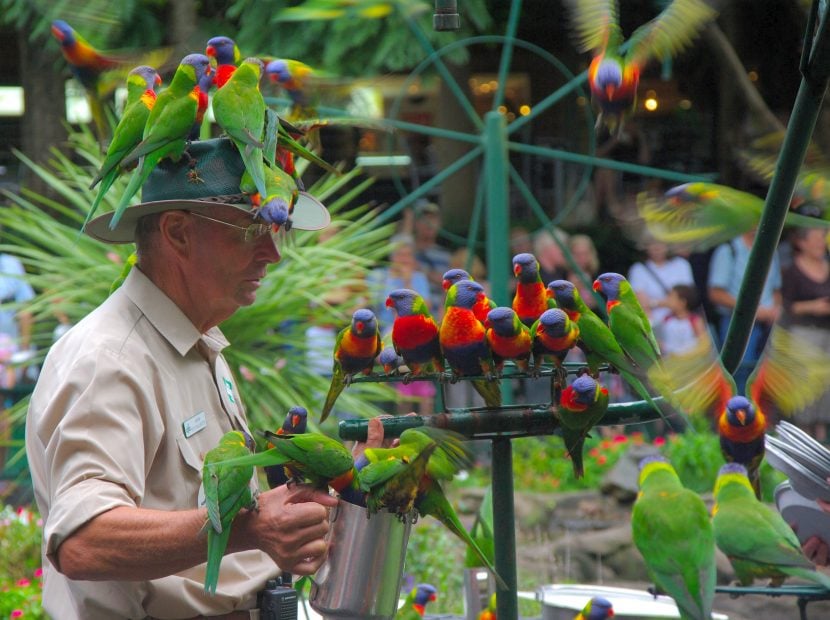Quick steps to making a submission
” When native vegetation is removed, the habitat and resources that it provides for native wildlife are invariably lost. “… Alarmingly, populations for many common Australian birds are also trending downwards, and habitat loss is a major cause.
Along Australia’s heavily populated east coast, population declines have been noted for many common species including rainbow bee-eater, double-barred finch, and pale-headed rosella…
Our parrots, pigeons, honeyeaters, robins, and many others help pollinate flowers, spread seeds, and keep pest insects in check… Common species are also the ones that we most associate with. Because they are more abundant and familiar, these animals provide important opportunities for people to connect with nature.
Think of the simple pleasure of seeing a colourful robin atop a rural fence post, or a vibrant parrot dashing above the treetops of a suburban creek.
The decline of common species may contribute to diminished opportunities for us to interact with nature, leading to an “extinction of experience”, with associated negative implications for our health and well-being….greater attention on common species, and the role they play in ecosystem health, should be given in the assessment of new infrastructure developments under Australia’s federal environment laws (formally known as the Environment Protection and Biodiversity Conservation Act 1999).
We should be acting now to conserve common species before they slide towards endangerment. Without dedicated attention, we risk these species declining before our eyes, without us even noticing.”
Jeremy Simmonds receives funding from the National Environmental Science Program’s Threatened Species Recovery Hub, the Science for Nature and People Partnership, and The Nature Conservancy. He is a member of BirdLife Australia.
Alvaro Salazar receives funding from Chile´s National Commission for Science and Technology.
James Watson receives funding from the Australian Research Council and National Environmental Science Program. He is a Professor of conservation science at the University of Queensland and also Director of Science at the Wildlife Conservation Society.
Martine Maron receives funding from a range of sources including the Australian Research Council, the National Environmental Science Program’s Threatened Species Recovery Hub, the Science for Nature and People Partnership, and The New South Wales Environment Trust. She provides advice to several State and Federal government environment agencies as well as WWF-Australia, is a Director of BirdLife Australia, and is a member of the Ecological Society of Austrralia’s Academic Freedom Working Group, the Alliance of Leading Environmental Researchers and Thinkers, and two threatened species recovery teams.

One Reply on “Save the birds Save Currumbin’s vegetated ridges and cliffs”
If the council do not start to appreciate the reason the tourists love the Gold Coast and stop over developing our beautiful Gold Coast, the tourists will stop coming. It will all soon resemble Surfers Paradise and not one local I know goes to Surfers unless they have to!! We went to Waikiki and the locals there said to us, let’s get you out of here and took us to North Shore, they hate Waikiki just like we all hate Surfers! Leave Currumbin alone and stop destroying the beauty of the Gold Coast, enhance what we have, do not destroy it just for more money. The money will come if you enhance what we have!!!